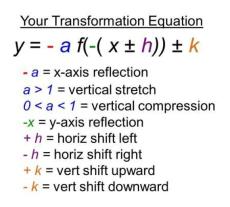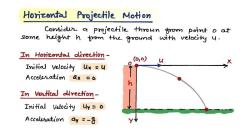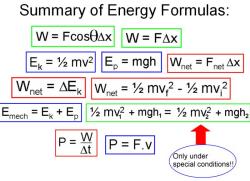Is lbm the same as slug?
No, pound-mass (lbm) and slug are not the same. While both are units of mass used in the English Engineering System, they serve different purposes and have different definitions.
Pound-Mass (lbm):
- The pound-mass (lbm) is a unit of mass in the English Engineering System. It is defined based on the mass of an international pound (0.45359237 kilograms). In mathematical terms, 1 lbm is the mass that exerts a force of 1 pound-force (lbf) under standard gravity (32.174 ft/s²). The pound-mass is commonly used in engineering and everyday contexts where mass needs to be specified.
Slug:
- The slug is another unit of mass in the English Engineering System. It is defined as the mass that accelerates at 1 foot per second squared (1 ft/s²) when a force of one pound-force (1 lbf) is applied. In mathematical terms, 1 slug = 1 lbf / 1 ft/s². The slug is often used in physics and engineering calculations involving force and acceleration.
In summary, lbm and slug are both units of mass in the English Engineering System, but they have different definitions. Pound-mass (lbm) is based on the mass of the international pound, while the slug is defined in terms of force and acceleration. It's important to use the appropriate unit for the specific context of the problem or calculation.
Is lbm (pound-mass) the same as a slug in physics?
No, lbm (pound-mass) is not the same as a slug in physics.
Pound-mass (lbm) is a unit of mass in the English imperial and United States customary systems of measurement. It is defined as the mass of a body that experiences a gravitational force of one pound-force (lbf) when subjected to the standard acceleration due to gravity of 32.174048559981 ft/s².
Slug is a unit of mass in the British Imperial and United States customary units of measurement. It is defined as the mass of a body that is accelerated at a rate of 1 ft/s² by a force of 1 lbf.
How do lbm and slug differ in their definitions and usage?
Lbm and slug differ in the following ways:
Definition: Lbm is defined in terms of the gravitational force acting on an object, while the slug is defined in terms of the acceleration of an object due to a force.
Usage: Lbm is more commonly used in everyday life, such as when measuring the weight of objects. Slugs are more commonly used in physics and engineering applications, such as when calculating the momentum and kinetic energy of objects.
Are there contexts where lbm and slug are used interchangeably?
In some cases, lbm and slug can be used interchangeably. For example, when calculating the weight of an object on Earth, it is often acceptable to use lbm and slug interchangeably. However, it is important to be aware of the difference between the two units and to use the correct unit for the specific application.
Here is an example of a context where lbm and slug are used interchangeably:
- Calculating the force required to accelerate a 100 lbm object at a rate of 10 ft/s²:
F = ma
F = 100 lbm * 10 ft/s²
F = 1000 lbf
In this example, we can use lbm and slug interchangeably because we are calculating the force required to accelerate an object. However, if we were to calculate the momentum or kinetic energy of the object, we would need to use the slug unit.
Overall, it is important to understand the difference between lbm and slug and to use the correct unit for the specific application.













